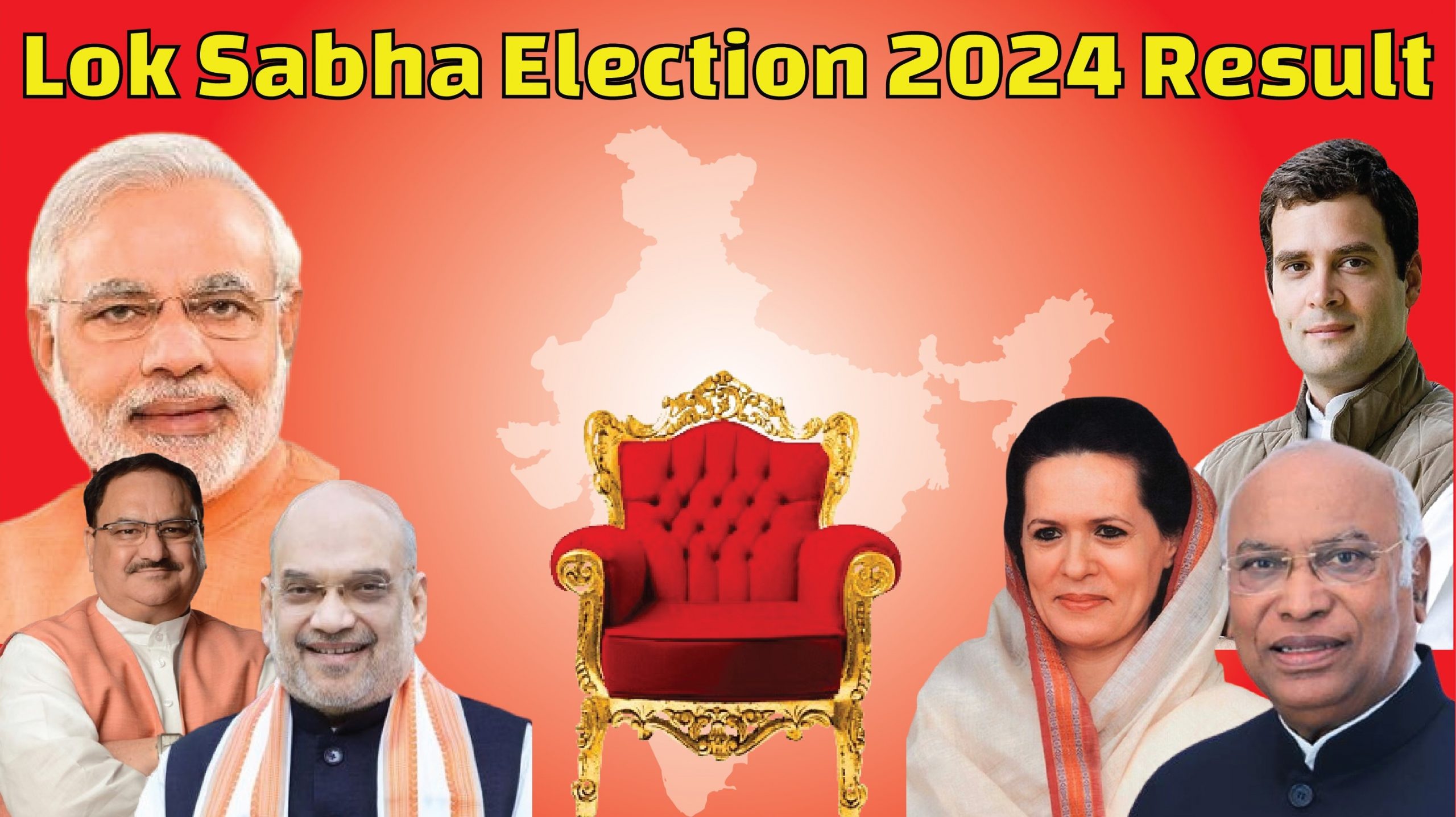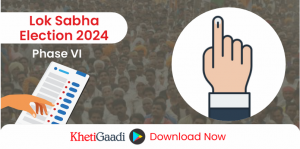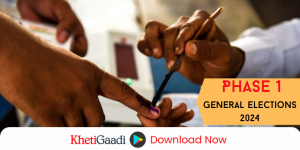Overview of the 18th Lok Sabha Election
The 2024 Indian general election of the 18th Lok Sabha was an important part of redefining the democratic trace of the world’s largest democracy. This is probably the largest logistical and security exercise, followed by a political campaigning exercise conducted among over 650 million voters. The election was conducted for 875 constituencies in 7 phases from April 19th to June 1st, 2024, with the results of the counting being declared on June 4th, 2024. The elections were mostly 3-way contests between major political parties- Bharatiya Janata Party (BJP), Indian National Congress (INC), and various regional parties.
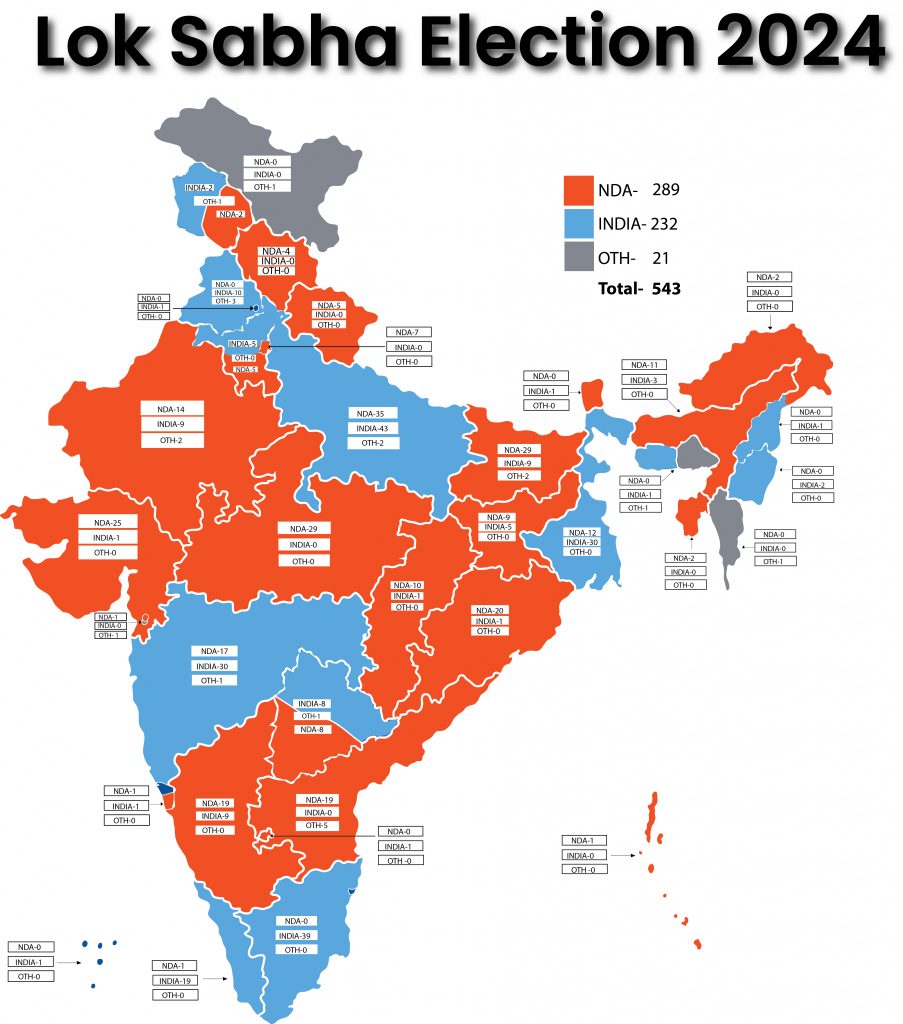
Phase-wise Breakdown of the Election Process
Phase 1: April 19, 2024
In the first phase, 102 seats in 21 states and Union Territories went to polls. Voting for this phase occurred in states like Andhra Pradesh, Telangana, Uttarakhand, Uttar Pradesh, etc. The enthusiastic voter turnout was over 66.144% in total.
Phase 2: April 26, 2024
The second phase covered 88 constituencies across 13 states (including Tamil Nadu, Karnataka, Maharashtra, and West Bengal). Expectant voters, mainly the young voters alongside the first-time voters, turned out to vote in large numbers during this phase.
Phase 3: May 07, 2024
94 constitute 11 states and U.T Voting was held in the third phase Crucial states were Gujarat, Kerala, and Bihar. This phase witnessed urban and rural voters turning up, and the voting percentage was around 65.68.
Phase 4: May 13, 2024
In the fourth phase, 96 constituencies in 10 states went to the polls, which included Rajasthan, Madhya Pradesh, and Jharkhand. It was this phase of polling that was do or die for most of the regional parties of the state as 69.16% of people voted.
Phase 5: May 20, 2024
The fifth phase was about 49 constituencies in 8 states. Jammu & Kashmir, Uttar Pradesh, and West Bengal were some of the major regions. Despite sporadic disruptions for security reasons, 62.2% showed up for this phase.
Phase 6: May 25, 2024
In phase 6 58 constituencies across 8 states Haryana, Delhi, and Bihar completed their voting in the sixth phase. Urban regions had a voter turnout of 63.37% in all.
Phase 7: June 01, 2024
In the seventh and last phase, 57 constituencies in 8 states and Union Territories went to polls. This phase covered states like Punjab, Himachal Pradesh, and Uttar Pradesh. After News 8 looked into the numbers Friday, they reported the percentage of eligible students who cast a ballot was 59.45%, or moderate.
Key Highlights of the Election Results
Voter Turnout
The overall voter turnout for the 18th Lok Sabha election was approximately 66%, reflecting a vibrant and participatory democracy. The election saw substantial engagement from women and young voters, indicating a positive trend towards inclusive participation.
Major Parties’ Performance
It had a good majority and number of seats so it was able to retain power and govern again. Meanwhile, the eruptions of violence sadly reminded us that Indian democracy remains a fragile construct, even at a time when the Indian National Congress (INC) made a remarkable comeback, gaining many seats where it was struggling to survive. The mandate was expected to be a referendum on Modi’s first term, but regional parties such as West Bengal’s Trinamool Congress (TMC), the DMK in Tamil Nadu, and the AAP in Delhi also fielded strong challengers, underscoring the wide differences in the political landscape across India.
Emerging Trends
A few, trends emerging from the 19th are evident in the 18th Lok Sabha election:
Technology and Social Media: Social media and technology have been key factors in the battle for screenings and votes.
Participation of Women and Youth: Women and young voters did not think that political parties were advancing their causes and made a significant impact on political activity with a 60% higher voting percentage, leading the politicians to take note of their displeasure and their future participation in the electoral process.
Regional Influence: Regional parties did not lose importance and focused on regional matters and leadership.
Results of the 2024 Indian General Election
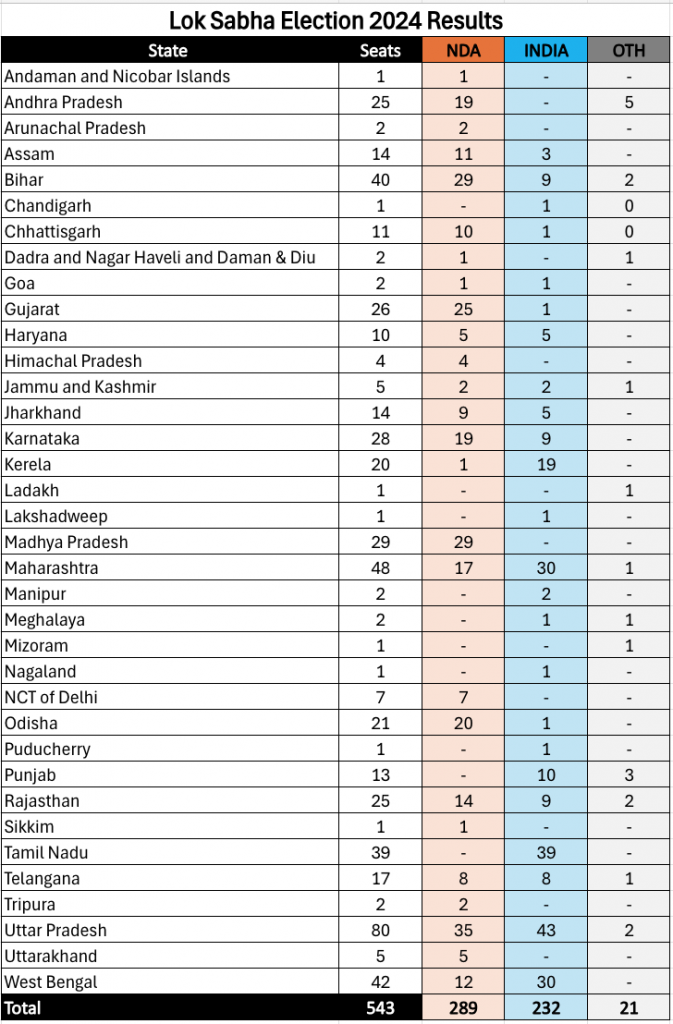
In the case of the 2024 Lok Sabha election results, the NDA and the INDIA net owed the bulk of the surprises. Here is their performance in the biggest states.
Uttar Pradesh:
In the past two general elections, unabashedly, people fell in favour of the BJP in Uttar Pradesh, where some of the most intense and closely contested battles took place.
This includes only 35 seats (33 for the BJP and 2 for the RLD) for the NDA and 43 seats (37 for the SP and 6 for Congress) for INDIA.
In the Lok Sabha polls of 2019, the BJP-led NDA won 62 of the 80 seats in the state. Now, the BSP is a contest on its own, and early signs do not speak fortune about the kinds of positions.
Amethi and Rae Bareli, the traditional bastion of Congress, are matters of prestige.
Maharashtra:
Maharashtra: Tight Competition BJP-NDA Vs INDIA alliance
In terms of seats, the BJP-led NDA won 240 (down by 63 since 2019), while the INDIA bloc is on course for 230+ seats.
This is the reason why the outcome of the state assembly results is also important for both alliances.
Rajasthan:
It is a neck-and-neck competition here in Rajasthan as a tough fight is hotted up between the NDA and the INDIA bloc.
The NDA is putting on a good show in Odisha and shores up its scoreboard in Andhra Pradesh, two states that are also counting votes for their state assemblies.
Other States:
Despite its broad presence throughout India, the NDA has had focused successes in certain regions, such as Bihar.
INDIA alliance, according to the CNN-IBN-Lokniti-CSDS polls, has also managed to hold sway in the majority of the key battleground areas like Uttar Pradesh and West Bengal, which will remain crucial to the dynamics of parliament.
In total, the NDA has emerged victorious in 289 seats, while the INDIA bloc emerged victorious in 232 seats, with 272 being the magic number to claim a majority in the government of India.
Conclusion
The 18th Lok Sabha Election of 2024 is yet another reminder of the sheer scale and diversity of Indian democracy. At 66% voter turnout, the election illustrated the electorate as wide awake to the rendition of women and youth, which is becoming the new norm of collective governance. The results show a nation split between regions and political ideologies, with 289 seats securing the NDA for another term, while 232 seats are the only gains made by the INDIA alliance. The results were the closest here in about ten states —the education battle was clearly seen in states like Uttar Pradesh and Maharashtra, where there was fierce competition for seats.
The election also laid bare the rising power of technology and social media on political campaigns and voter engagement. The continued power of the BJP, the comeback of the INC, and the emergence of strong regional parties also show that in a large, complex country, politics is still more vibrantly competitive than suffocating consensus. India’s experience is likely to remain a significant case study as the country advances with renewed attention to regional concerns and broad-based demographic participation in democratic institutions. There was remarkable resilience in the Indian democratic framework that the 2024 election has come to be a test case of, with fragility elsewhere and a reminder that democracy cannot be taken for granted.


